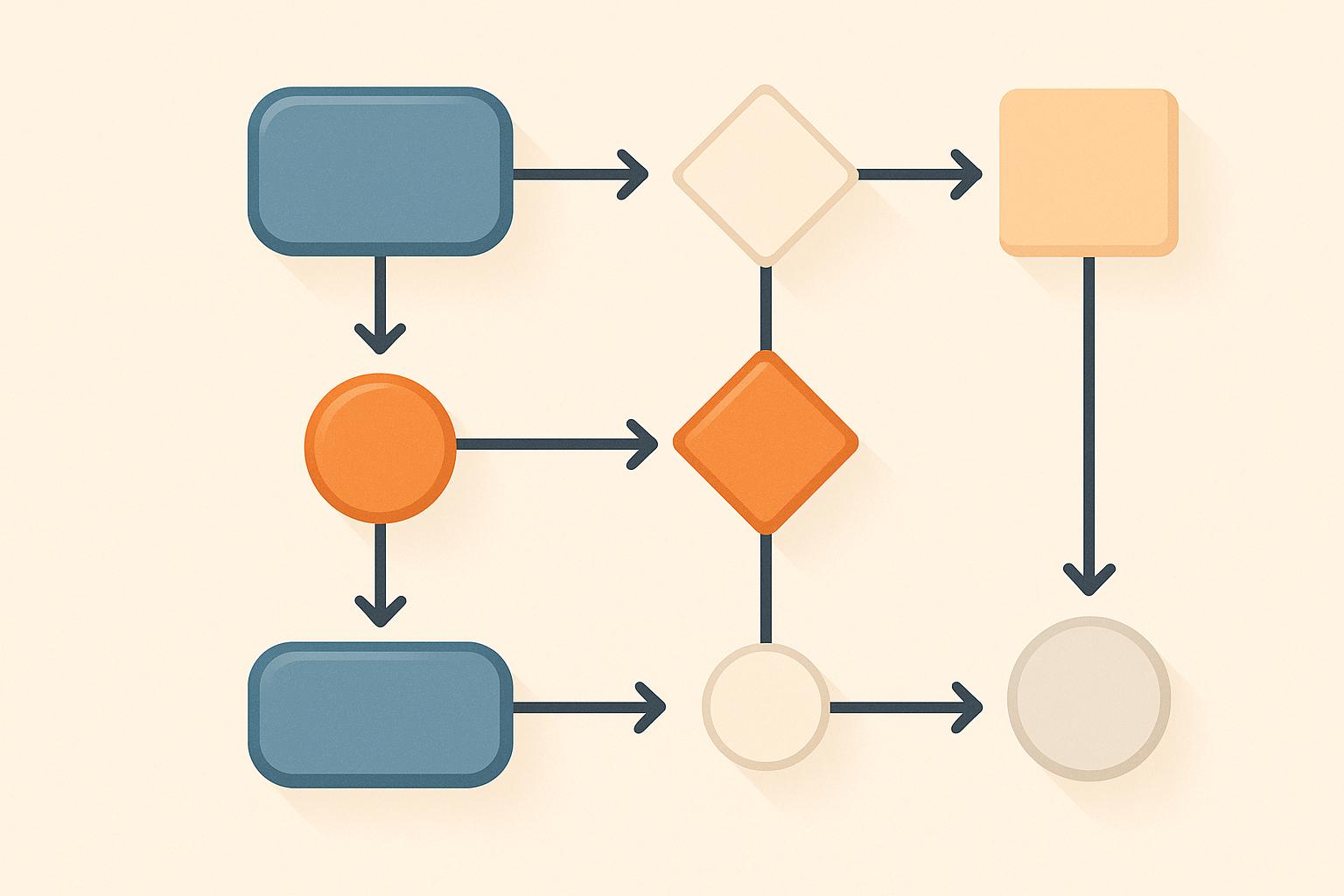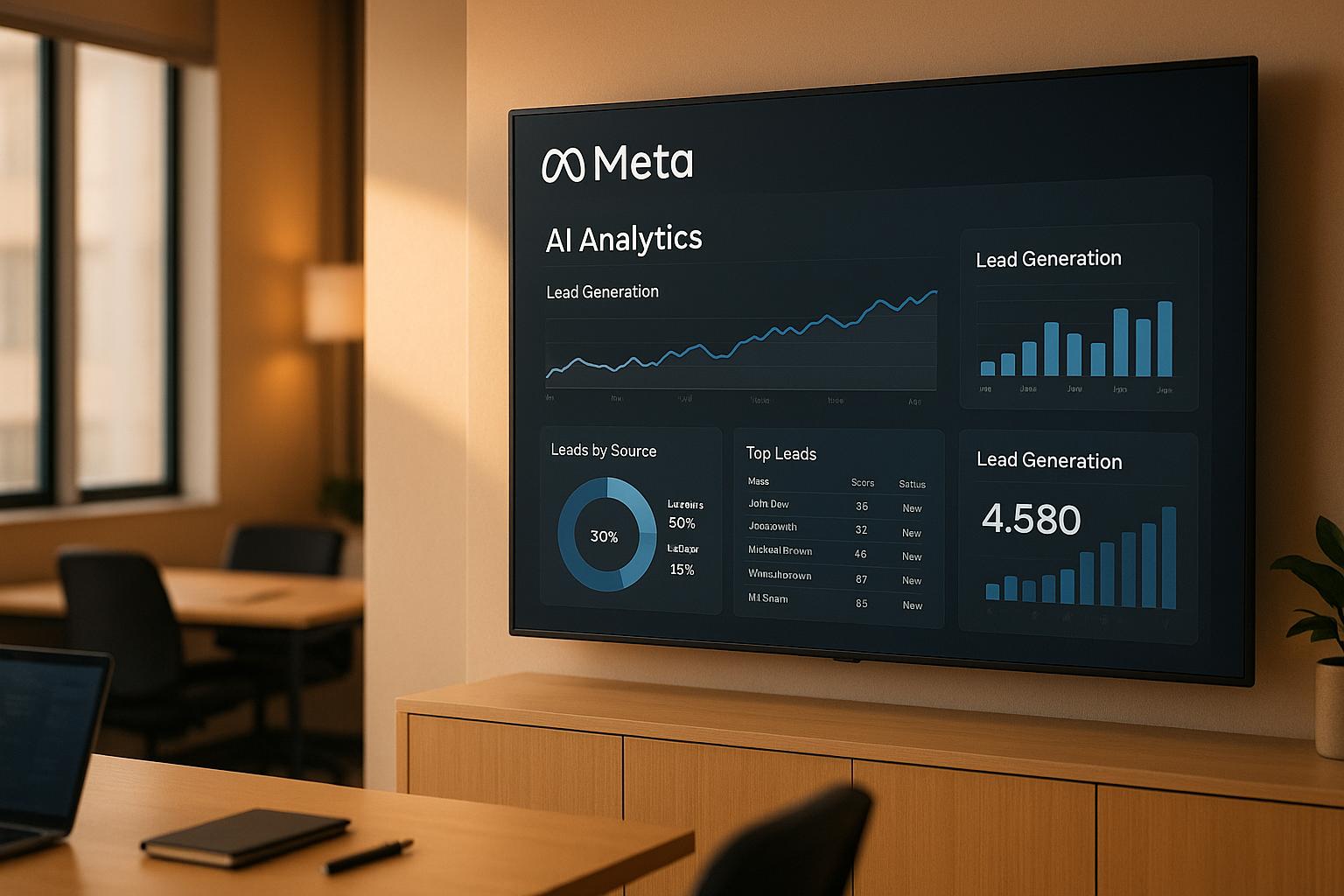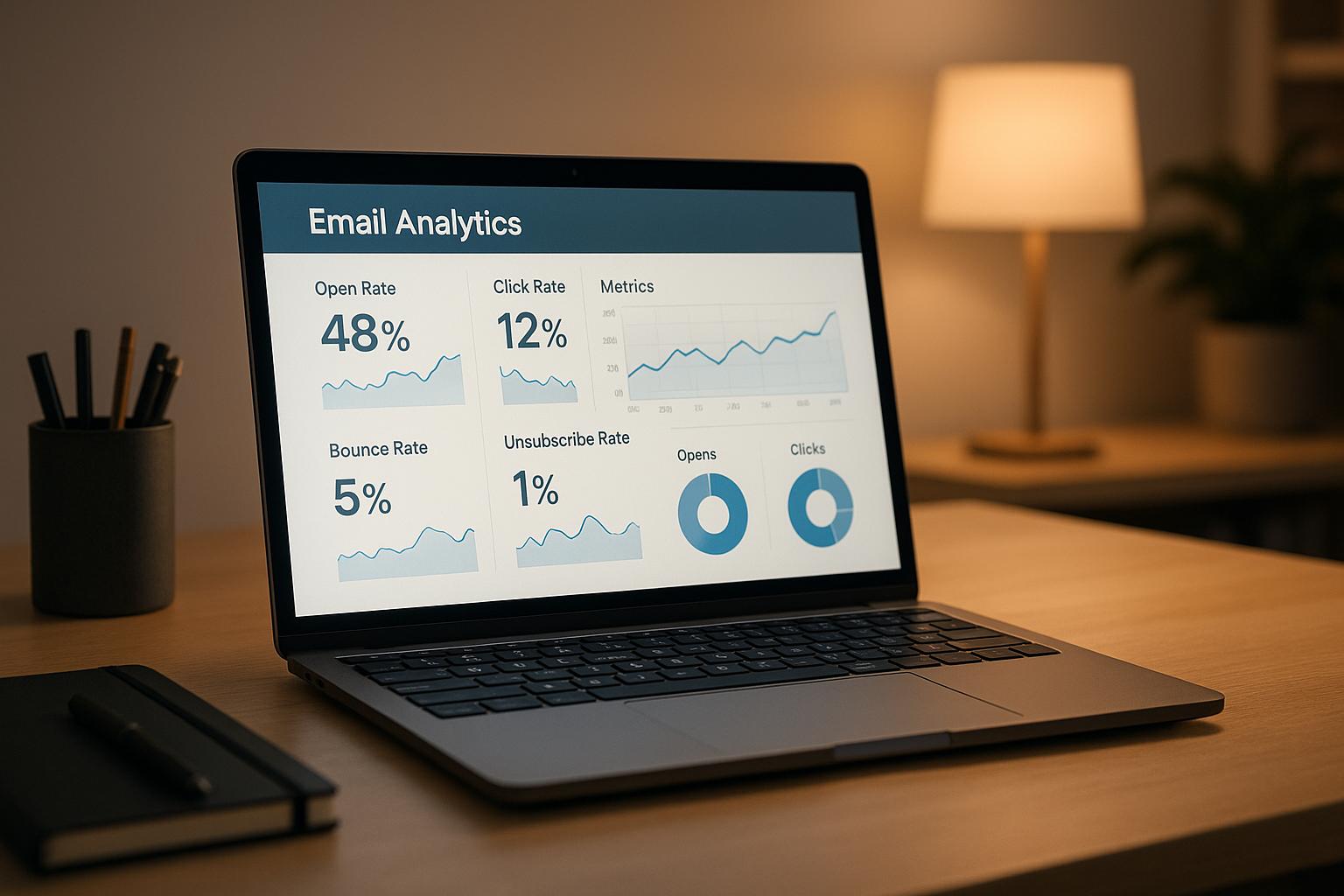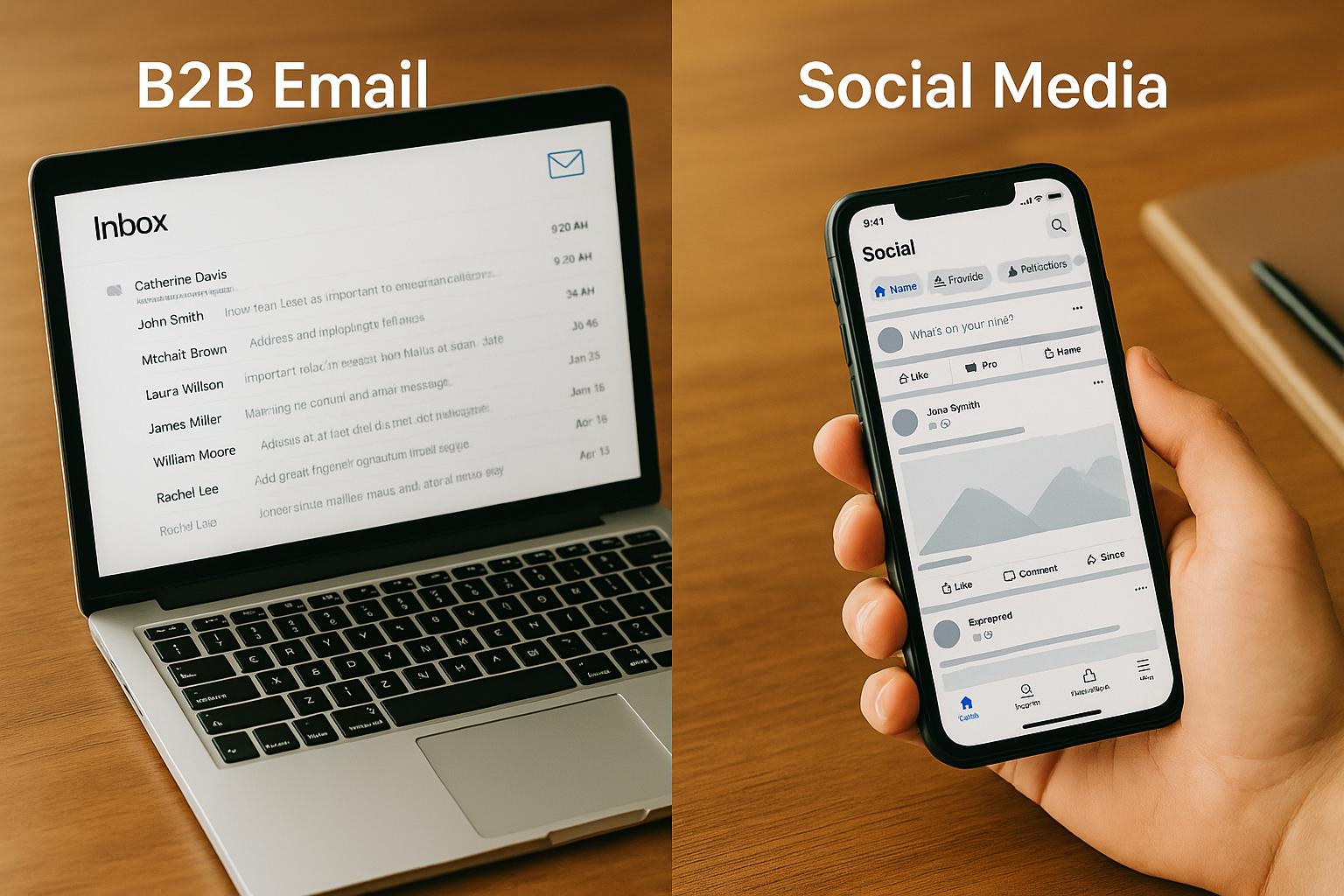Microsoft uncovers sophisticated AI-driven phishing campaign
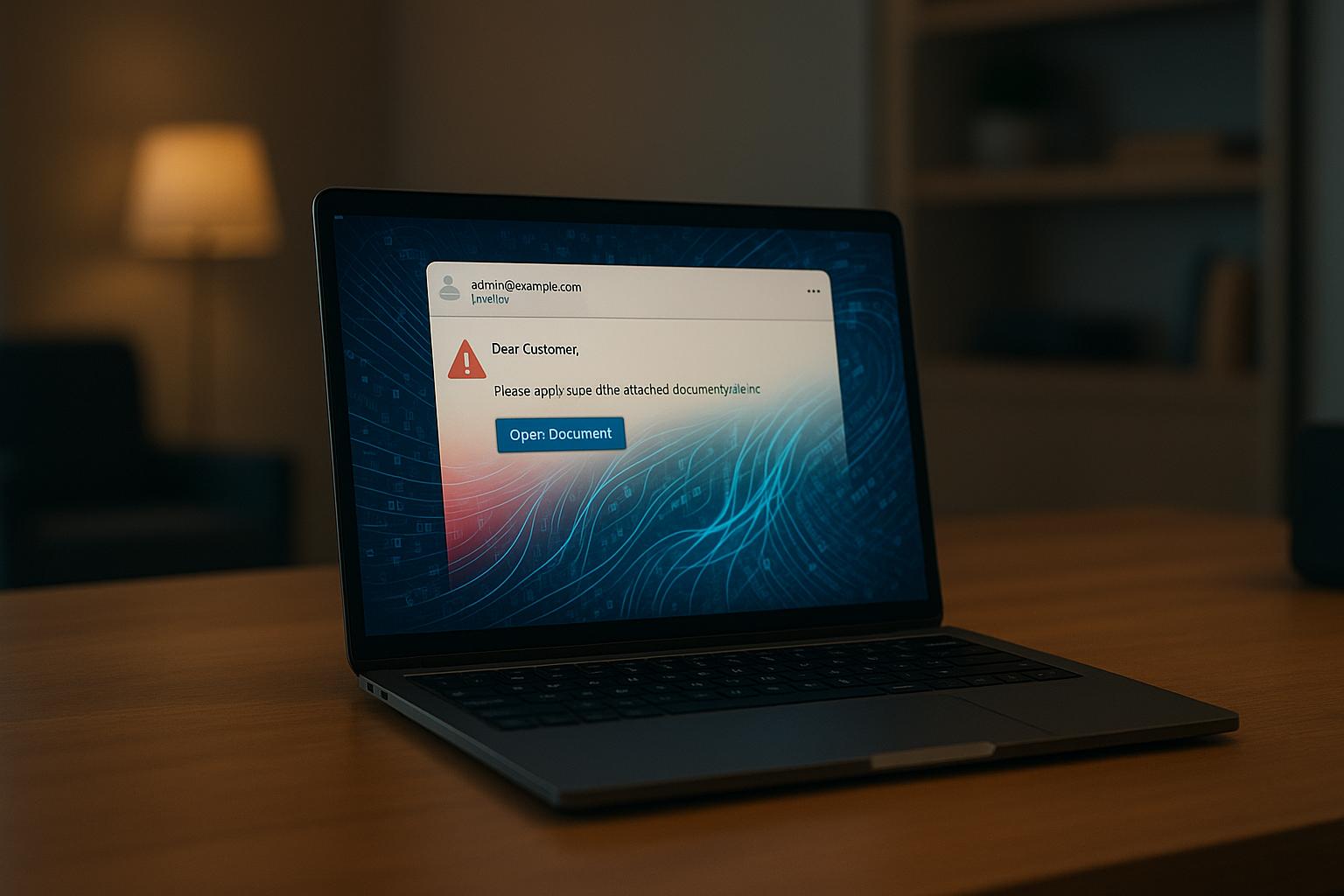
In an alarming demonstration of artificial intelligence’s role in evolving cyber threats, Microsoft has identified a high-level phishing campaign that leverages large language models (LLMs) to evade traditional security measures. The attack, uncovered on August 28, primarily targeted organizations in the United States, using compromised business accounts to distribute deceptive phishing emails.
The emails, disguised as file-sharing notifications, contained what appeared to be harmless attachments. However, these attachments were Scalable Vector Graphics (SVG) files embedded with malicious JavaScript, designed to redirect victims to fraudulent login pages to harvest credentials.
AI: A tool for obfuscation and evasion
Microsoft’s Threat Intelligence team emphasized the crucial role AI played in crafting the attack. The LLMs used by the attackers generated verbose, convoluted code that masked the malicious payload. This complexity allowed the attackers to bypass traditional rule-based detection systems, which often rely on pattern recognition to identify threats.
Microsoft noted that the code bore distinct signs of AI involvement, such as repetitive structures and unnatural verbosity. Paradoxically, these features also served as clues for cybersecurity experts to identify the attack. According to the company, AI’s ability to develop overly complex yet functional code represents a growing trend not only in phishing but also in malware development.
"This campaign builds on a growing trend where cybercriminals use LLMs not just for writing phishing emails but for creating dynamic, adaptive malware components", the article on Microsoft’s Security Blog explained.
A growing threat to enterprise security
The incident highlights the increasing sophistication of phishing campaigns and the vulnerabilities in email ecosystems, especially in industries such as finance and healthcare. Credential theft through such targeted attacks can expose critical infrastructure to significant breaches. While Microsoft blocked the attack, the company warned that traditional security measures, such as multifactor authentication, may not always be sufficient to counteract these innovative methods that exploit human trust.
The SVG files used in the attack were particularly insidious. When opened, these files redirected users to phishing websites designed to mimic legitimate login pages. By exploiting trust in seemingly benign file formats, the attackers were able to bypass standard malware detection tools.
Cybersecurity analyst Thomas Roccia noted in a post on X (formerly Twitter) how the same AI-generated code used to obfuscate attacks can assist defenders. He pointed out that "these AI fingerprints, meant to hide attacks, can backfire by providing defenders with new detection heuristics."
Countering AI-driven threats with AI
The rise of AI-enabled cyberattacks has sparked a corresponding shift in defensive strategies. Organizations are increasingly turning to AI tools to detect anomalies in code and recognize patterns that human analysts might miss. Microsoft has recommended businesses update email gateways to scrutinize SVG files more rigorously and educate employees on identifying suspicious file types.
This attack underscores the growing "arms race" between cybercriminals and defenders, with AI at the forefront. As phishing campaigns grow more refined, experts emphasize the need for proactive, intelligence-driven cybersecurity measures. A report from Microsoft’s Security Blog highlighted that "rapid analysis of code anomalies becomes crucial" in combating such threats.
Preparing for an evolving cybersecurity landscape
The incident serves as a wake-up call for organizations to adapt their defenses to match the evolving capabilities of attackers. By integrating AI-driven threat detection systems and enhancing user awareness, businesses can better safeguard their email ecosystems against increasingly sophisticated threats. Failure to do so could leave companies vulnerable to risks that extend beyond stolen credentials, potentially compromising entire networks.
As AI continues to blur the lines between human ingenuity and machine-driven tactics, the cybersecurity landscape is entering uncharted territory. Organizations must remain vigilant, investing in layered defenses that anticipate the next generation of cyberattacks rather than reacting to them after the fact.











